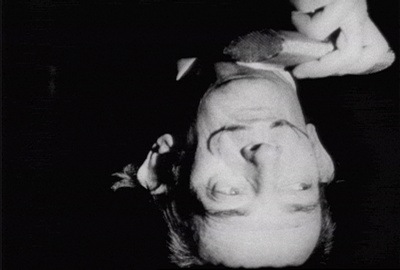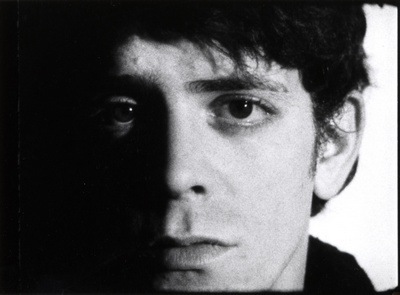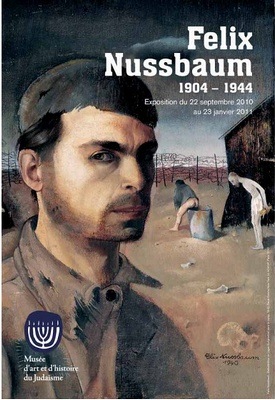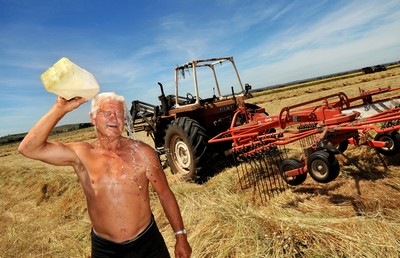Area Progetto Off, Galleria Civica, Modena, Italy
Angelica Porrari, Nude Rovine
Antonio Delfini Library, Modena
4 December 2010 - 6 March 2011
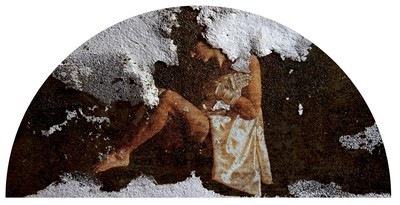
ANGELICA PORRARI, NUDE ROVINE, 2010, (detail from the installation). Courtesy of the artist and Galleria Civica, Modena
An installation by artist Angelica Porrari will be inaugurated on Saturday 4th December at 6pm at the Delfini Library in Modena (Italy). The vernissage of this exhibition marks the begining of the new Area Progetto season – an event dedicated to young emerging creativity promoted by the Galleria Civica di Modena in collaboration with the Ufficio Giovani d'Arte of Modena City Council – curated by Silvia Ferrari, Serena Goldoni and Ornella Corradini.
Now at its third edition, the initiative this time changes formula, taking the creativity of young local artists into spaces external to the Galleria Civica, through the creation of projects designed especially for key sites around the town centre, such as the marketplace in via Albinelli or the public gardens. Yet the first stage is the Delfini Library, based in Palazzo Santa Margherita, the historic building which is also home to the Galleria Civica itself. A selection of artists from the Archivio di Documentazione Giovani Artisti Modenesi – chosen on the basis of the quality and continuity of their work – were asked to plan a site-specific work which would dialogue with the large and articulate spaces of the library rooms.
The winning project was that proposed by the Modenese videomaker Angelica Porrari. The artist turned her attention to the fragments of frescoes still found in the lunettes of the room used as the children’s library, giving her own interpretation of the subjects, their actions and gestures. Through the use of an original linguistic code, she created a bridge between the ancient and the contemporary, through a space/time shift that the artist also grasped in the evolution of the library itself.
The project, entitled Nude Rovine, will consist of a video and a series of photographs, the result of her reappraisal of the frescoed images, the same shape and size as the ancient lunettes, installed in a space of the same dimensions inside the various vaults of the library ceiling, providing a kind of counterpoint to the originals.
The work proposed is part of the artist’s Gloves' Stories, a broader project which came to light in 2006 and which brings together Angelica Porrari’s entire video production, which focuses on the theme of the glove: an object which speaks of the relationship between the body – the female body in particular – and the outside world.
ANGELICA PORRARI BIOGRAPHY
Angelica Porrari was born in 1985 in Modena, where she lives and works. Her research is developed largely through the use of video while being strongly influenced by performance and theatre. She gained a diploma in Advertising Graphics at the Istituto d'Arte of Modena and then a degree in painting from the Academy of Fine Art of Bologna. In 2009 she came in for special mention at the Special competition (promoted by the Fondazione Cassa di Risparmio of Modena), going on to win the section of the competition dedicated to artists from Emilia Romagna in 2010. Angelica Porrari has taken part in a range of group shows, including: Finalisti Premio Celeste, ISA, Rome (2007); Videoart Yearbook 2008, ex Convent of Santa Cristina, Bologna; Galleria Civica d'Arte Contemporanea, Trento; Festival d'Images Artistiques Video, Ecole des Beaux Art, Algiers (2008); Diari di Anatomia, Gemine Muse, Musei Anatomici, Modena; Biennale dei Giovani Artisti dell'Europa e del Mediterraneo, Skopje, Macedonia (2009); The Scientist, festival di videoarte internazionale, Ferrara (2010).
The project is accompanied by an exhibition brochure with a critical text by Serena Goldoni and colour images of the work.
Angelica Porrari’s installation has been realised in collaboration with the Libraries Service of Modena City Council. The exhibition is open to the public on Mondays from 2pm to 8pm and from Tuesday to Saturday from 9am to 8pm.
ANTONIO DELFINI LIBRARY
Palazzo Santa Margherita
corso Canalgrande 103
41121 Modena, Italy

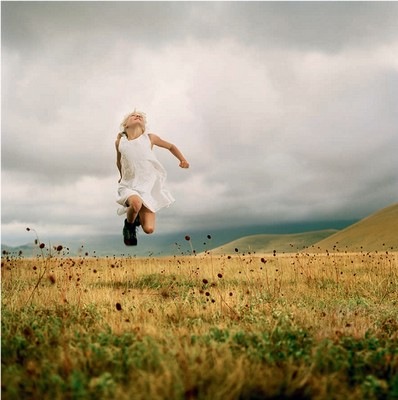





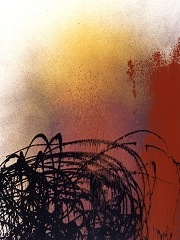
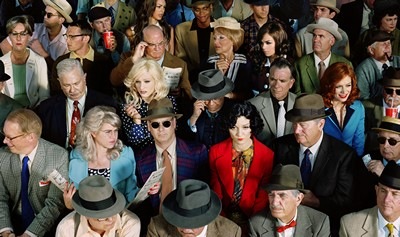




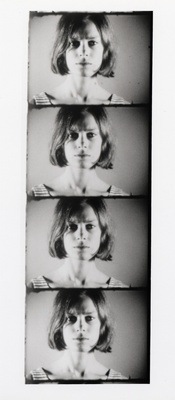
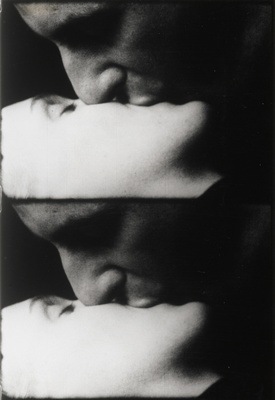 ANDY WARHOL
ANDY WARHOL